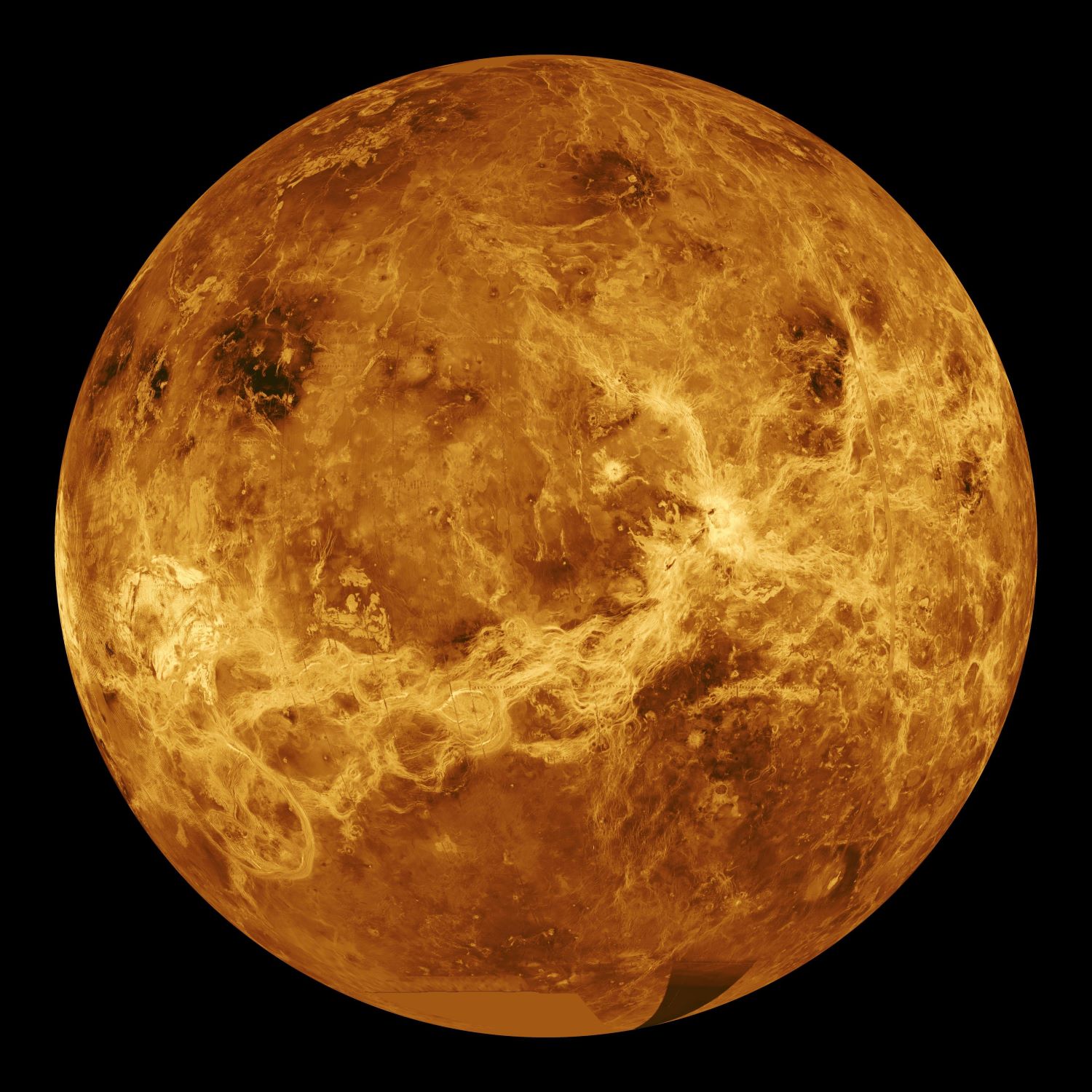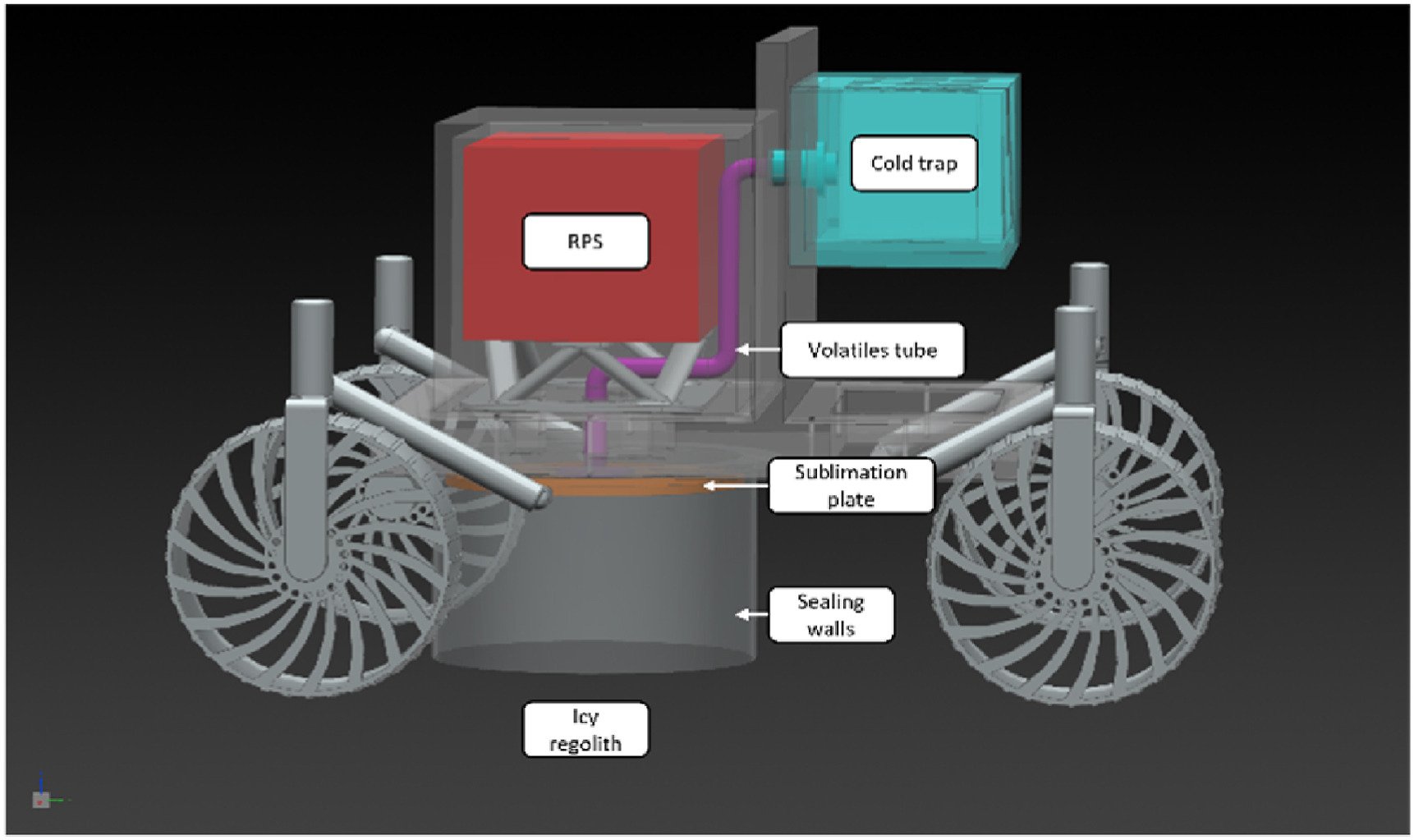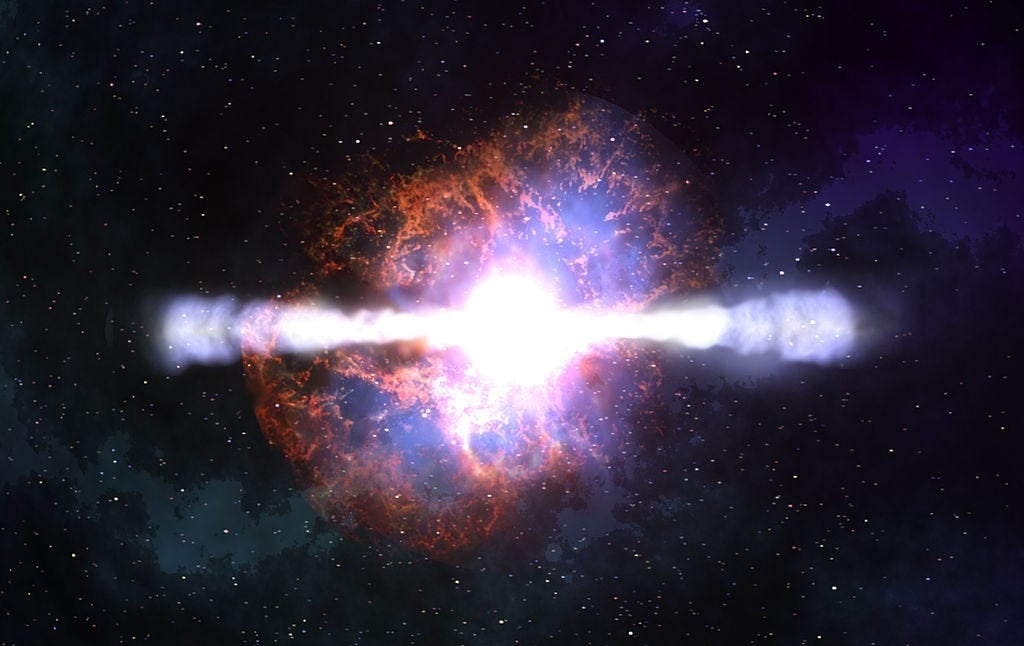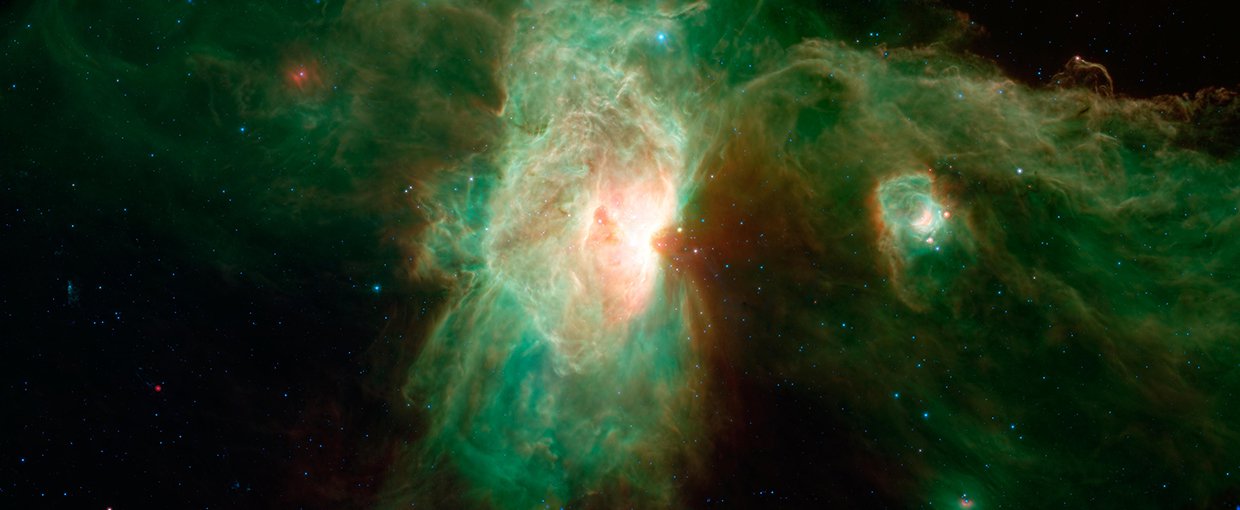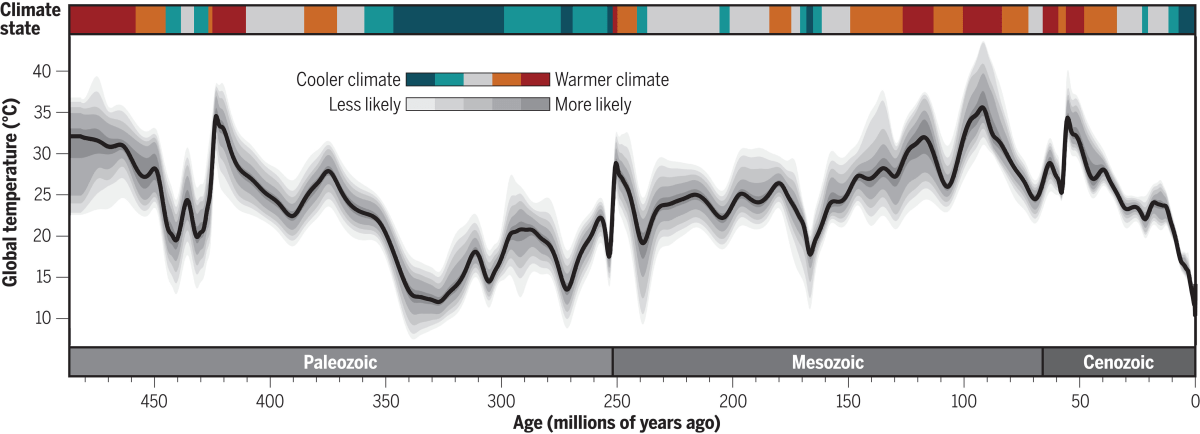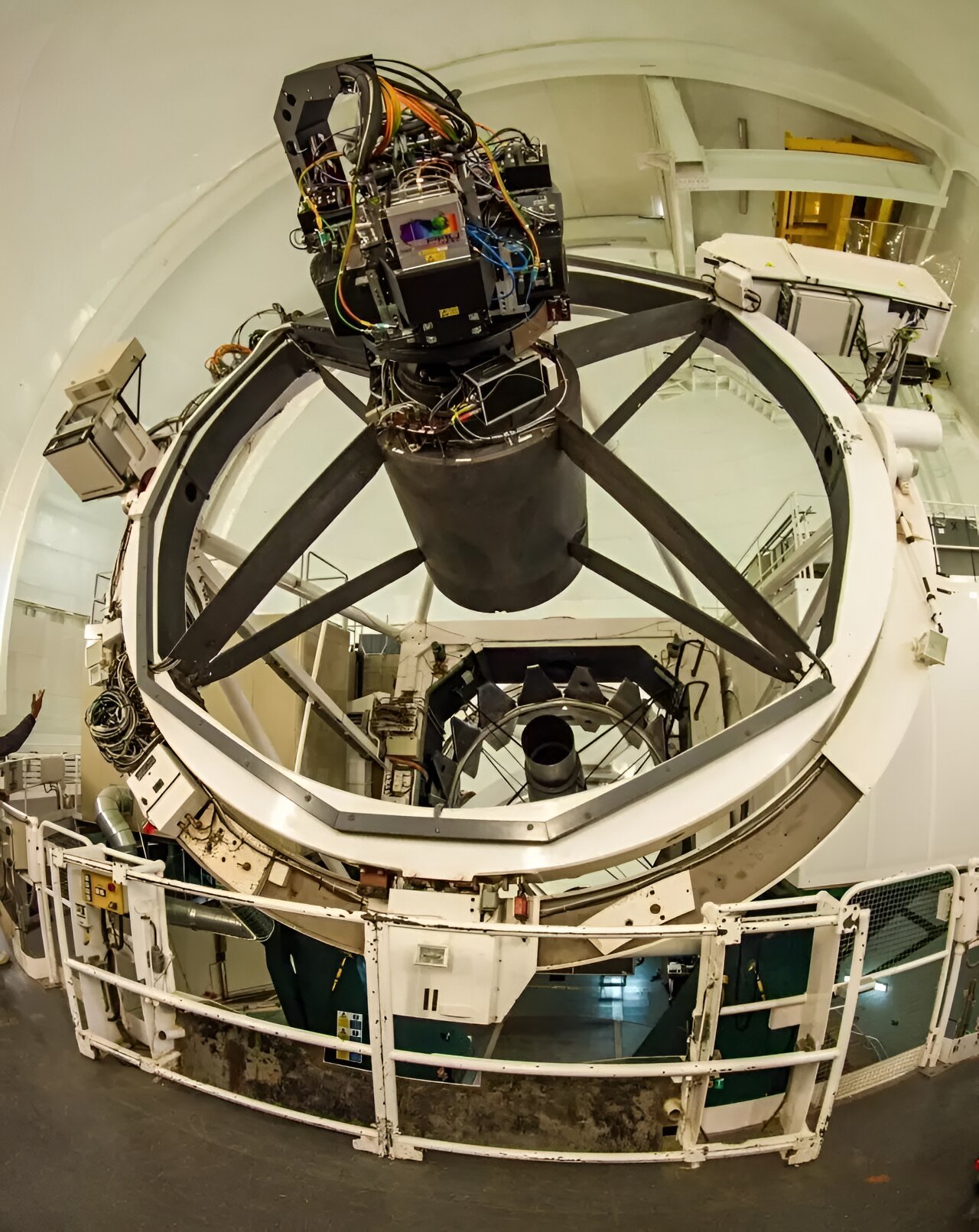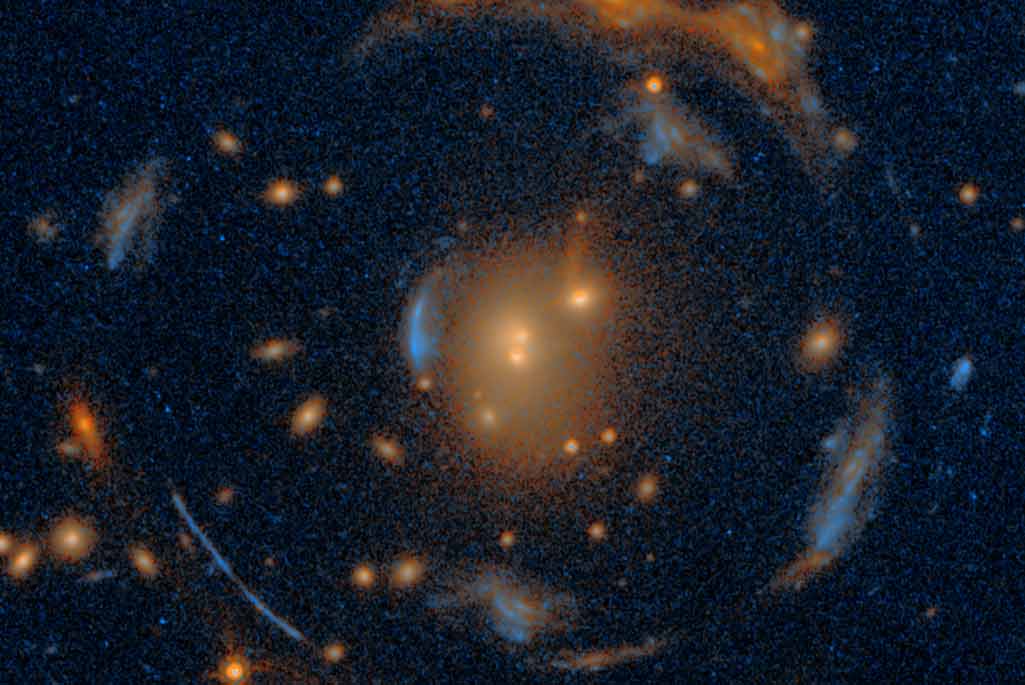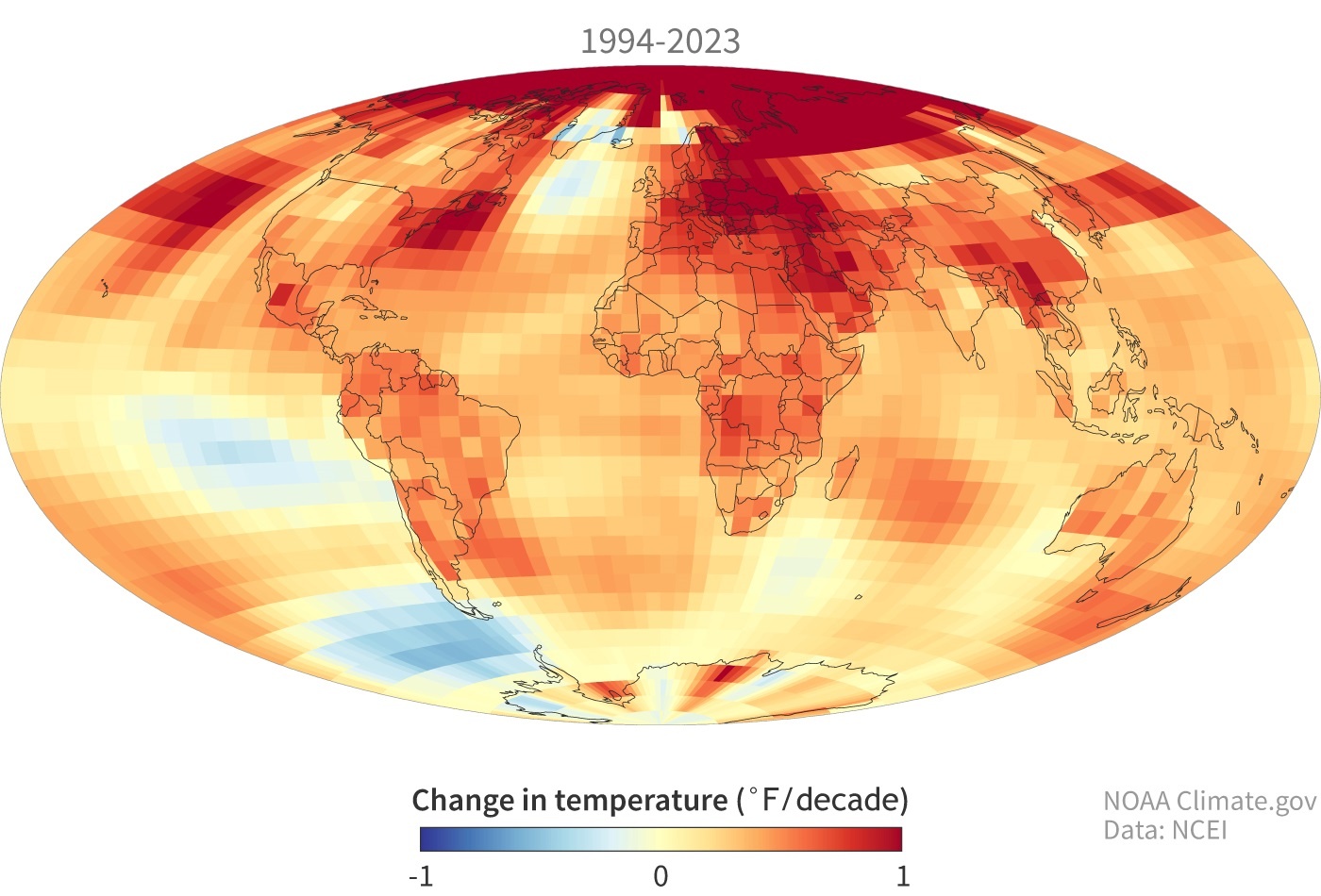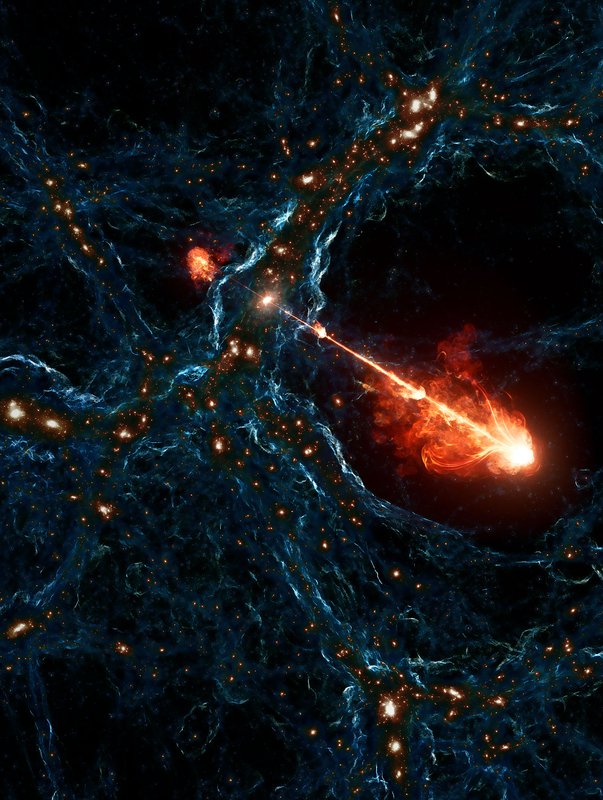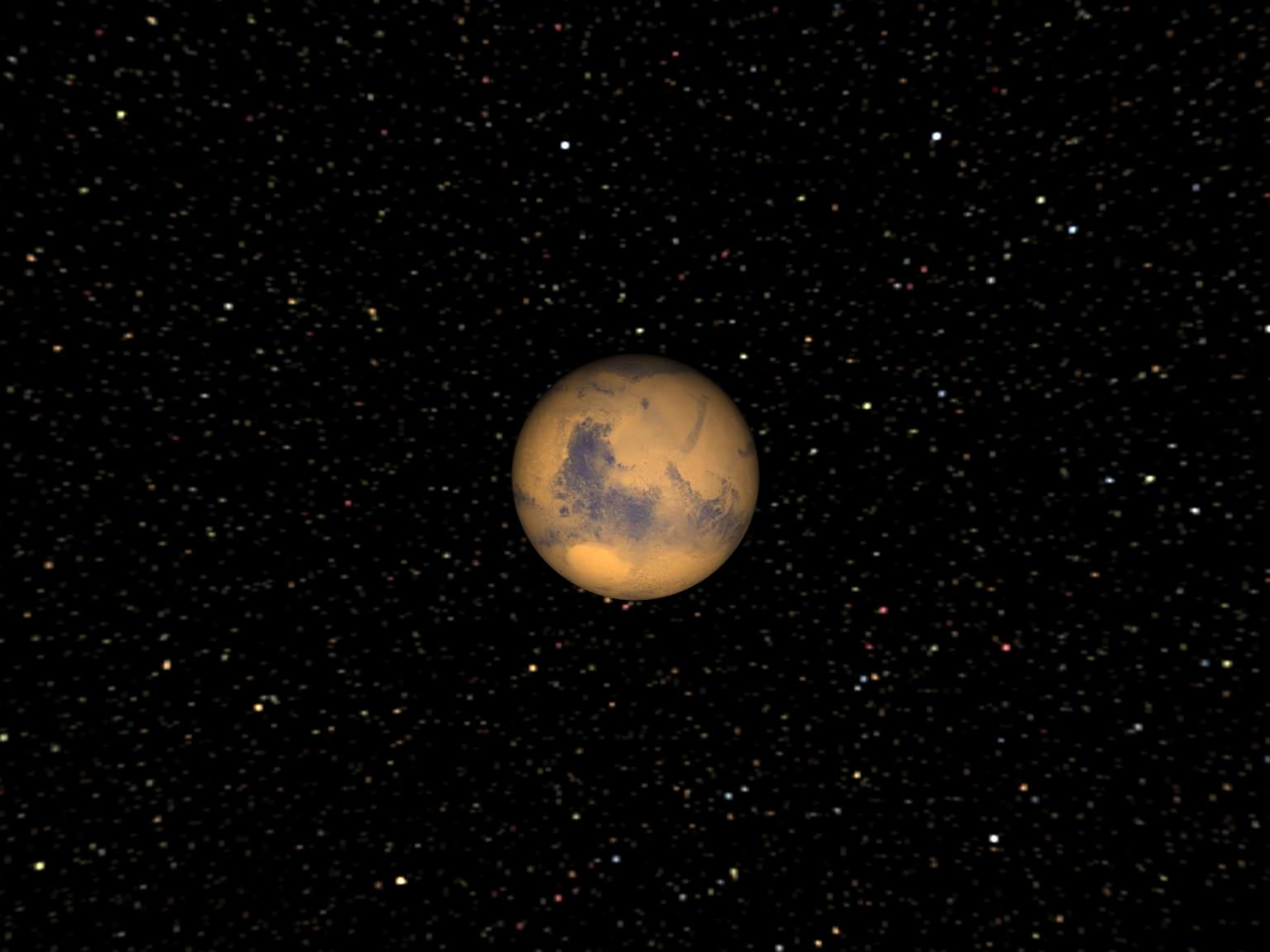
We know that Mars was once a warmer, wetter world with a thicker atmosphere, but now it has 1% of the atmospheric density of Earth. Where did it all go? One theory is that billions of years of interaction with the solar wind have buffeted it off into space. New research suggests that the atmosphere might still be there, just bound up in the clay-covered material that forms the crust of Mars. Trickling water could have drawn CO2 out of the atmosphere and locked it away.
Continue reading
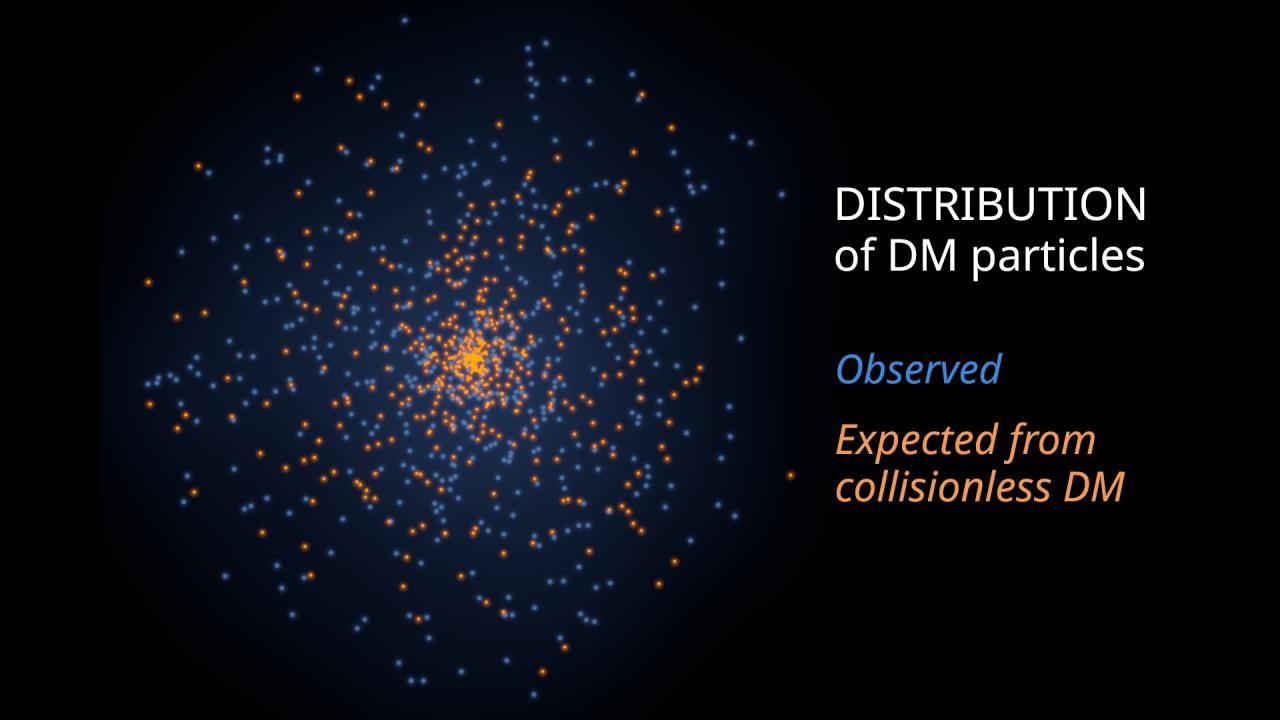
Dark matter seems to be an invisible particle that only interacts with regular matter (or itself) through gravity. But in a new study, based on data gathered by Hubble, researchers think they've found evidence of interactions with regular matter beyond just gravity. They recorded the structure of a low-mass galaxy, measured the concentrations of dark matter, and then compared that to simulations where dark matter only interacts through gravity and found a discrepancy.
Continue reading
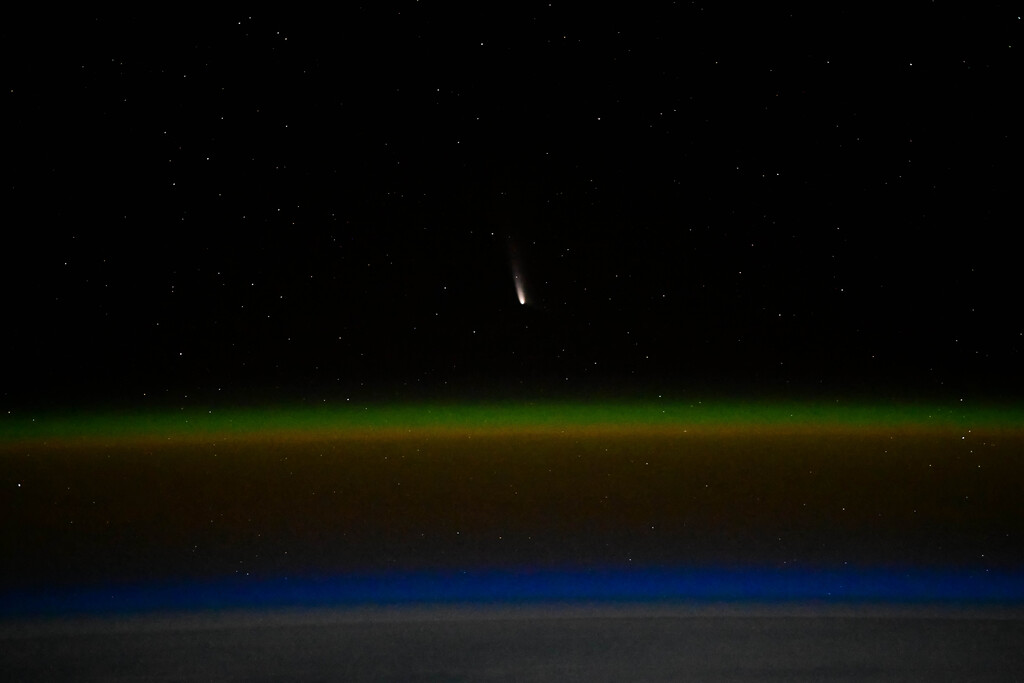
Now is the time to catch Comet A3-Tsuchinshan-ATLAS at dawn.
Continue reading
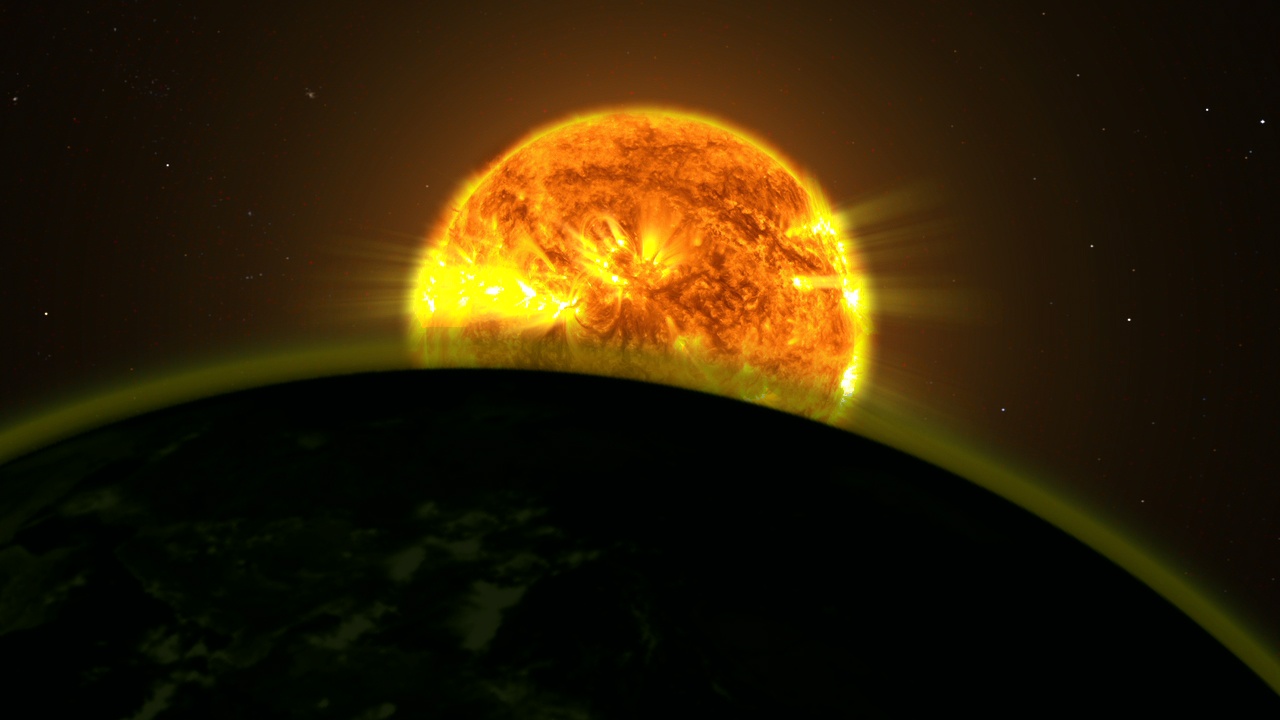
Astrobiologists continue to search for their ideal biosignatures. A chemical or collection of chemicals that would give a clear indication of life on an exoplanet. The problem is that natural processes can produce all the same chemicals that life can generate. Now, researchers have produced dimethyl sulfide in the lab, a chemical made by marine microbes. They used light and gases found in many planetary atmospheres. The search for biosignatures continues.
Continue reading
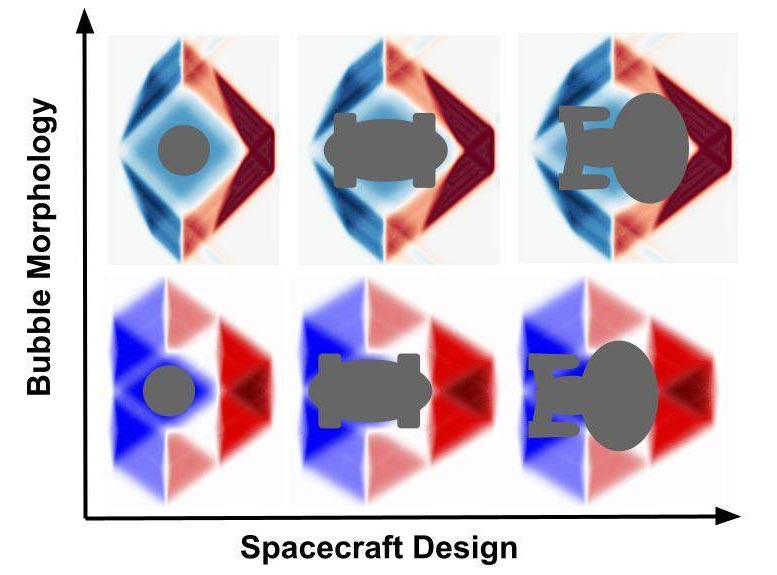
Earlier this year, researchers claimed that they had found infrared signatures for candidate Dyson Sphere megastructures in archival WISE data. Astronomers were skeptical, suggesting that these objects might just be stars visually close to highly luminous "Hot Dust-Obscured Galaxies (HotDOGS)." The number of candidates matches the expected frequency of these chance alignments. This new paper puts a limit on the number of Dyson Spheres in our galactic neighborhood.
Continue reading
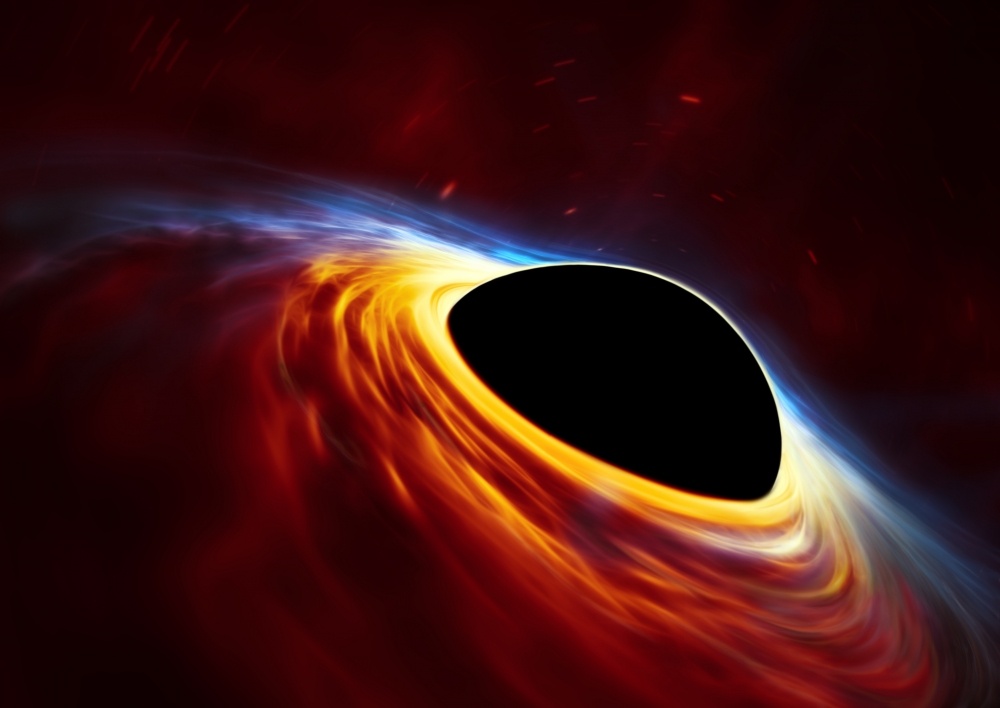
As black holes spin, they drag space-time along with them, and scientists have proposed that this could be a source of energy for an advanced civilization, harvesting momentum from material ejected from this twisting spacetime. The concept has been generalized, and it's theoretically possible to extract energy from anything spinning. Now, researchers have mimicked the process in the lab, beaming electromagnetic waves at a spinning object and extracting energy.
Continue reading

 Universe Today
Universe Today

